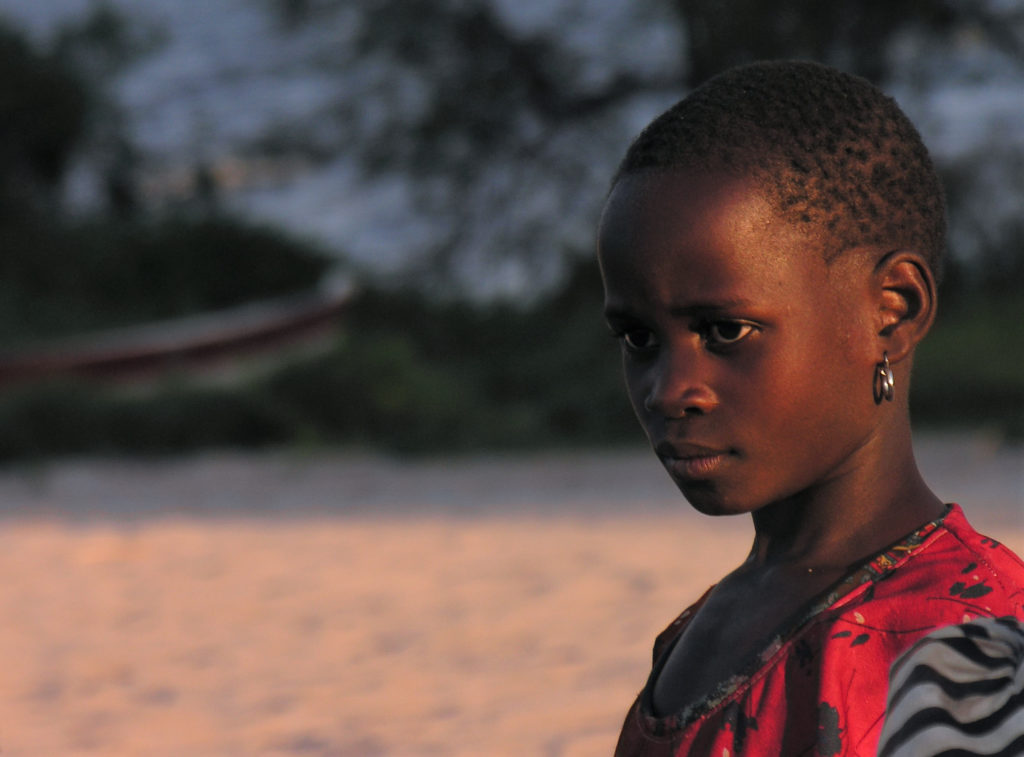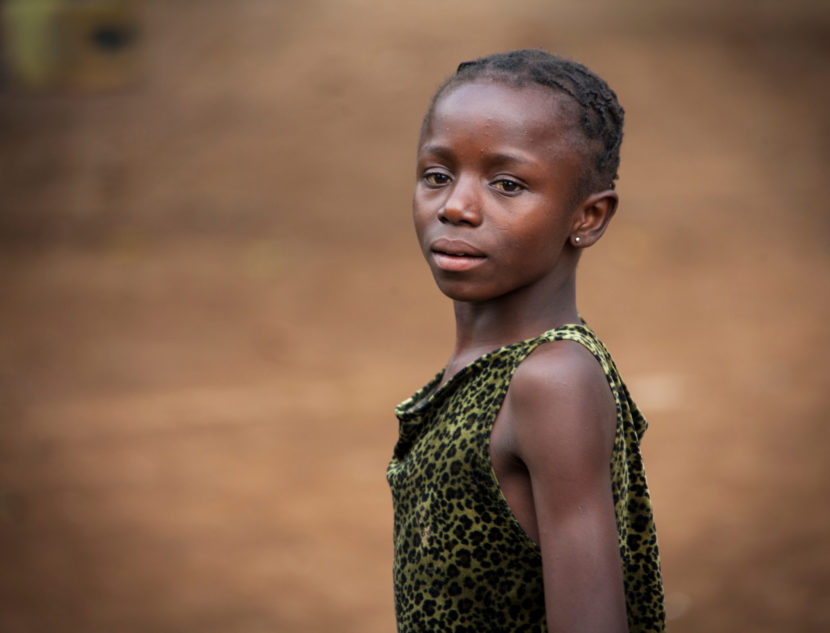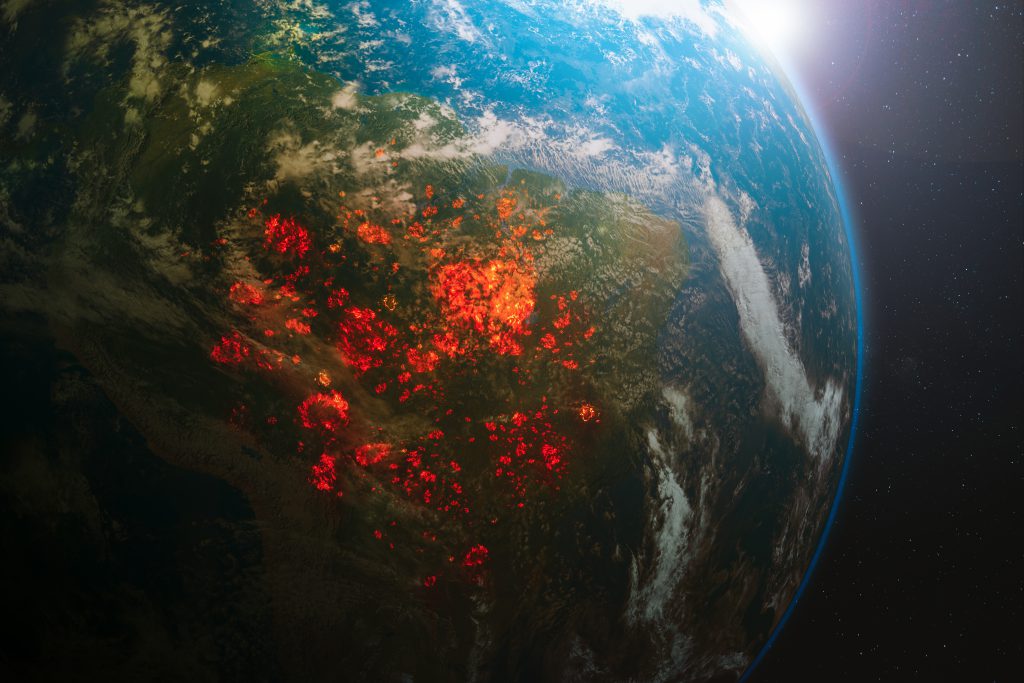The eastern Democratic Republic of the Congo (DRC) is experiencing a surge in child sexual abuse amid ongoing armed conflict. The region, particularly North and South Kivu, has become the epicentre of a humanitarian disaster where sexual violence is systematically deployed as a weapon of war, specifically targeting children. Despite international humanitarian law explicitly prohibiting such abuses, children remain targeted as a deliberate tactic of war, exacerbating their vulnerability and undermining their fundamental rights.
Understanding the conflict
The humanitarian crisis in eastern DRC is rooted in decades of armed conflict, specifically in North and South Kivu. The instability can be traced back to the aftermath of the 1994 Rwandan genocide, which led to mass displacement and the presence of foreign armed groups in the region, contributing to the First and Second Congo Wars. In early 2025, fighting between government forces and the M23 rebel group—backed by Rwanda—escalated significantly. M23 advanced towards Goma, the largest city in North Kivu province, prompting fears of a potential capture.
The collapse of government control and the rise of armed groups have created lawlessness and a culture of impunity. Armed groups, including M23, have used sexual violence to terrorise and control local populations (Council on Foreign Relations, 2025). This insecurity has forced hundreds of thousands of children to leave their homes, placing children at greater risk of abuse and exploitation.
The scale of the crisis
In the first two months of 2025 alone, nearly 10,000 cases of rape and sexual violence were documented in eastern DRC, with children accounting for between 35% and 45% of victims—meaning a child was raped every half hour during the height of the conflict (UNICEF, 2025a).
Yet the true scale is likely to be far greater, as stigma, fear, and insecurity prevent many survivors from reporting abuse or seeking help (United Nations, 2025a). Survivors include young children, with attacks occurring in spaces once considered safe—their homes, displacement camps, or even during daily chores like fetching water.
“Two men with guns forced their way into our home … My grandmother was too ashamed and afraid.”
— A 14-year-old orphan and sexual violence survivor (Abdelaziz, 2025).
Drivers and dynamics of sexual violence
The resurgence of fighting between government forces and armed groups has led to the displacement of over one million people since January 2025, including 400,000 children (OHCHR, 2025; UNICEF, 2025b). Displacement camps—once considered places of refuge—have now become scenes of violence, particularly following their dismantling, leaving children increasingly exposed and unprotected.
The breakdown of security and justice systems, the proliferation of weapons, and the release of prisoners have all contributed to an environment of impunity. Armed men—both civilians and members of the military—commit assaults with little fear of prosecution, often using weapons to threaten or coerce their victims (Doctors Without Borders, 2025; UNICEF, 2025b).
Since the escalation of violence in January 2025, abductions and the recruitment of children by armed groups have exposed many children to sexual violence. Girls, in particular, face a heightened risk of rape and forced pregnancy (United Nations, 2025b; UNICEF, 2025b).
The human toll of the crisis on children
Children as young as nine years have survived horrific sexual attacks, including extreme forms of violence resulting in genital injuries (Save the Children, 2024). Survivors often suffer severe physical injuries—such as damage to reproductive organs and incontinence—as well as risks of sexually transmitted infections, including HIV (Doctors Without Borders, 2025).
Many girls experience unwanted pregnancies, life-threatening childbirth complications, and are forced to drop out of school. The psychological impact is equally devastating. Survivors commonly suffer from depression, anxiety, post-traumatic stress disorder, suicidal thoughts, and a loss of trust in the very institutions meant to protect them (Verelst et al., 2020).

Stigma and social exclusion are pervasive. Survivors—particularly girls—often have to cope with isolation, forced marriage, or divorce, and many feel unable to speak out or seek help (Doctors Without Borders, 2025). Another survivor, raped while gathering firewood, explained how stigma and fear silenced her.
“When I got home, I remained calm and didn’t talk to anyone. I decided not to go to the hospital because I was afraid and ashamed.”
— A 16-year-old survivor (Save the Children, 2025).
Barriers to medical care, education, and justice for survivors
The ongoing conflict has destroyed many health facilities or made them remote and inaccessible (Doctors Without Borders, 2025). Survivors must often undertake long, dangerous journeys to reach medical care—if any care at all is available.
Funding cuts and supply chain disruptions have caused severe shortages of post-exposure prophylaxis (PEP) kits, crucial for preventing HIV when administered within 72 hours of assault. For example, one hospital reported that 127 rape survivors had no access to PEP (United Nations, 2025a).
Fear of reprisal, shame, and risk of ostracism also prevent many survivors from seeking help, perpetuating cycles of violence and suffering (Doctors Without Borders, 2025). Meanwhile, over 2,500 schools have closed due to the conflict, leaving 1.6 million children—795,000 in North and South Kivu alone—without education (UNICEF, 2025c, 2025d). The collapse of education and support systems increases children’s vulnerability to exploitation, abuse, and recruitment.
In addition, most sexual violence cases go uninvestigated and unpunished. Human rights groups warn that this lack of justice encourages perpetrators and deepens abuse (Abdelaziz, 2025). For some survivors, the lasting trauma is paired with a powerful call for justice.
“My greatest wish is to see, one day, my aggressors before the judges and be sentenced.”
— A 15-year-old survivor of sexual violence (Save the Children, 2024).
Humanitarian and international responses to the crisis
The scale and brutality of child sexual violence in eastern DRC demand urgent international attention and action. Emergency medical and psychosocial care services are being delivered in difficult conditions, yet remain vastly under-resourced given the scale of the crisis. Their interventions include treatment for sexually transmitted infections, emergency contraception, safe abortion care, vaccinations, and referrals to specialised services (Doctors Without Borders, 2025; Save the Children, 2024).
However, these efforts are undermined by humanitarian funding cuts. There are ongoing shortages of essential medicines, PEP kits, and psychosocial support services (United Nations, 2025a). The volatile security situation, impassable roads, and continued fighting make it perilous for survivors—particularly children—to access medical assistance within the critical 72-hour window for PEP administration (Gussie, 2025).
The widespread use of sexual violence against children in eastern DRC constitutes a grave violation of international law and fundamental human rights. Such acts violate the Geneva Conventions (1949) and their Additional Protocols, the Convention on the Rights of the Child, and the Rome Statute of the International Criminal Court, which classifies them as crimes against humanity and war crimes.
Child protection experts and international bodies have issued urgent calls to action in response to the alarming rise in conflict-related sexual violence against children in the DRC. These include the immediate cessation of hostilities and stronger protections for civilians; the restoration of essential services such as healthcare, education, and psychosocial support; and increased, sustained funding for survivor-centred services and legal aid (Office of the Special Representative of the Secretary-General for Children and Armed Conflict, 2025; OHCHR, 2025).
Key measures to safeguard children from sexual abuse in the DRC
- Prioritise protection: All parties to the conflict must respect international humanitarian law and take concrete measures to protect children and civilians from violence and exploitation.
- Rebuild and improve services: National governments and humanitarian organisations should focus on quickly restoring and expanding medical, psychological, and legal help for survivors, ensuring such help is accessible, confidential, and survivor-centred.
- Fight stigma: Community leaders, civil society organisations, and humanitarian agencies should implement community-based programmes that help reduce stigma and facilitate the social reintegration of survivors.
- Deliver justice: National judicial authorities and international legal bodies must strengthen laws and enforcement to hold perpetrators accountable and end the entrenched impunity.
- Secure funding: The international donor community, including governments, multilateral agencies, and private donors, must urgently address funding gaps to guarantee the continuity and scale-up of lifesaving services for children and survivors.

Humanium, an international organisation dedicated to promoting and protecting children’s rights worldwide, stands in solidarity with children affected by sexual violence in conflict zones. We believe every child has the right to live free from violence, to access essential services, and to receive justice and support for healing. Join Humanium by volunteering, making a donation, or sponsoring a child. Your involvement helps us build a safer world where every child can thrive without fear.
Written by Or Salama
References:
Abdelaziz, S. (2025, March 14). Accounts of child survivors shed light on surge of rape and sexual violence in conflict-torn DRC. Retrieved from CNN World at https://edition.cnn.com/2025/03/14/africa/child-survivors-rape-sexual-violence-drc-intl-cmd/index.html, accessed on July 5, 2025.
Council on Foreign Relations. (2025, June 9). Conflict in the Democratic Republic of Congo. Retrieved from Global Conflict Tracker at https://www.cfr.org/global-conflict-tracker/conflict/violence-democratic-republic-congo, accessed on July 5, 2025.
Doctors Without Borders. (2025, June 11). Sexual violence is a persistent emergency in eastern DRC. Retrieved from Doctors Without Borders at https://www.msf.org/sexual-violence-eastern-drc-persistent-emergency, accessed on July 5, 2025.
Gussie, K. (2025, April 17). Millions of children at risk as violence escalates in DR Congo. Retrieved from Vatican News at https://www.vaticannews.va/en/world/news/2025-04/millions-of-children-at-risk-as-violence-escalates-in-dr-congo.html, accessed on June 22, 2025.
Office of the Special Representative of the Secretary-General for Children and Armed Conflict. (2025, April 23). DRC: UN officials raise alarm at the dramatic impact of prolonged conflict on women and children, including increased risk of conflict-related sexual violence on displaced people. Retrieved from the United Nations at https://childrenandarmedconflict.un.org/2025/04/drc-un-officials-raise-alarm-at-the-dramatic-impact-of-prolonged-conflict-on-women-and-children-including-increased-risk-of-conflict-related-sexual-violence-on-displaced-people/, accessed on July 5, 2025.
Office of the United Nations High Commissioner for Human Rights (OHCHR). (2025, March 26). UN experts urge immediate action to protect children against trafficking for recruitment and use in hostilities in DRC. Retrieved from OHCHR at https://www.ohchr.org/en/press-releases/2025/03/un-experts-urge-immediate-action-protect-children-against-trafficking, accessed on July 5, 2025.
Save the Children. (2024, March 7). Children as young as nine face mass sexual violence and mutilation in the DRC – Save the Children. Retrieved from Save the Children at https://www.savethechildren.net/news/children-young-nine-face-mass-sexual-violence-and-mutilation-drc-save-children, accessed on July 4, 2025.
Save the Children. (2025, June 20). Sexual violence against children in conflict surges 50% in 5 years to worst level ever. Retrieved from Save the Children at https://www.savethechildren.net/news/sexual-violence-against-children-conflict-surges-50-5-years-worst-level-ever, accessed on June 22, 2025.
United Nations. (2025a, April 11). DR Congo crisis: Children subjected to deliberate, systemic sexual violence. Retrieved from the United Nations at https://news.un.org/en/story/2025/04/1162156, accessed on July 5, 2025.
United Nations. (2025b, April 23). Sexual violence systematically used as a weapon of war in the DR Congo. Retrieved from the United Nations at https://news.un.org/en/story/2025/04/1162536, accessed on July 10, 2025.
United Nations Children’s Fund (UNICEF). (2025a, April 11). A child reported raped every half an hour in eastern DRC, as violence rages amid a growing funding crisis. Retrieved from UNICEF at https://www.unicef.org/press-releases/child-reported-raped-every-half-hour-eastern-drc-violence-rages-amid-growing-funding, accessed on June 22, 2025.
UNICEF. (2025b, February 26). DR Congo: Grave violations against children tripled. Retrieved from UNICEF at https://www.unicef.ch/en/current/press-releases/2025-02-26/dr-congo-grave-violations-against-children-tripled, accessed on July 5, 2025.
UNICEF. (2025c, February 17). DR Congo: Violence and displacement deprive children of schooling. Retrieved from UNICEF at https://www.unicef.ch/en/current/news/2025-02-17/drc-violence-and-displacement-deprive-hundreds-thousands-children-schooling, accessed on July 5, 2025.
UNICEF. (2025d, February 17). Thousands more children deprived of education as crisis in eastern DR Congo escalates. Retrieved from UNICEF at https://www.unicef.org/press-releases/thousands-more-children-deprived-education-crisis-eastern-dr-congo-escalates, accessed on July 7, 2025.
Verelst, A., Bal, S., De Schryver, M., Say Kana, N., Broekaert, E., & Derluyn, I. (2020). The impact of avoidant/disengagement coping and social support on the mental health of adolescent victims of sexual violence in Eastern Congo. Retrieved from Frontiers at https://www.frontiersin.org/journals/psychiatry/articles/10.3389/fpsyt.2020.00382/full, accessed on July 7, 2025.


